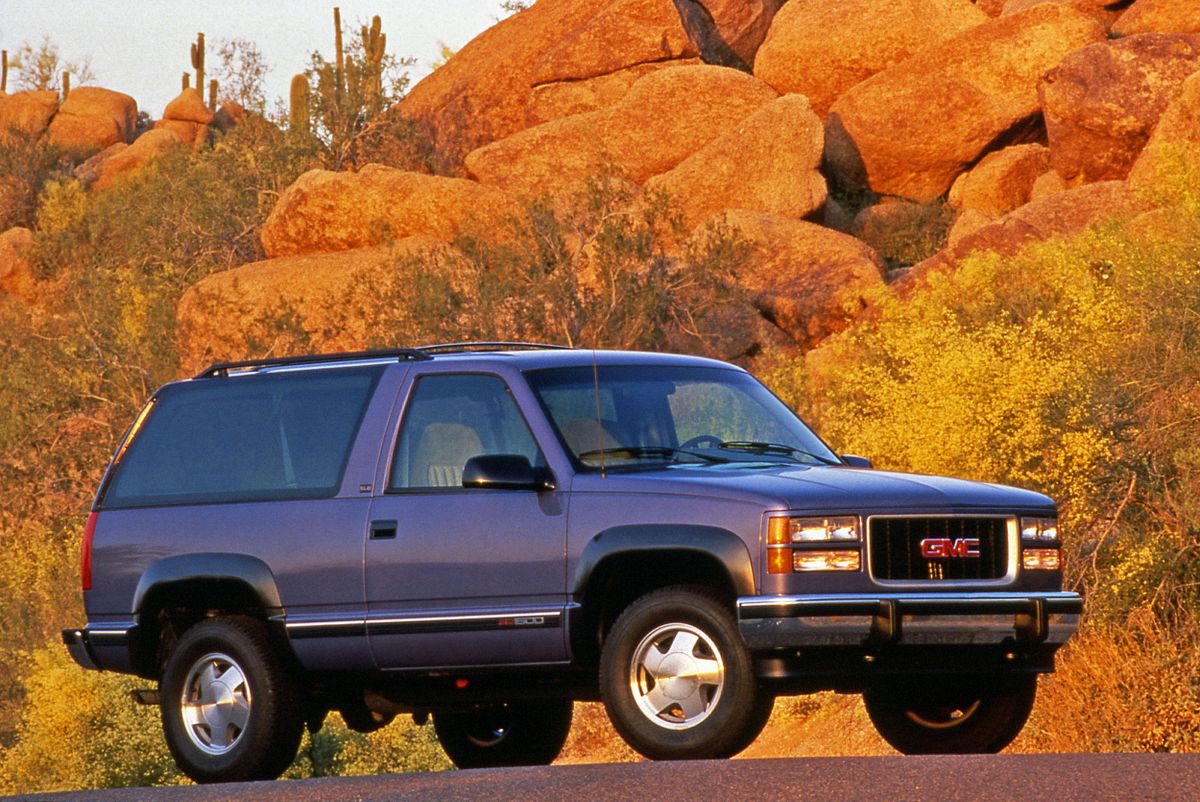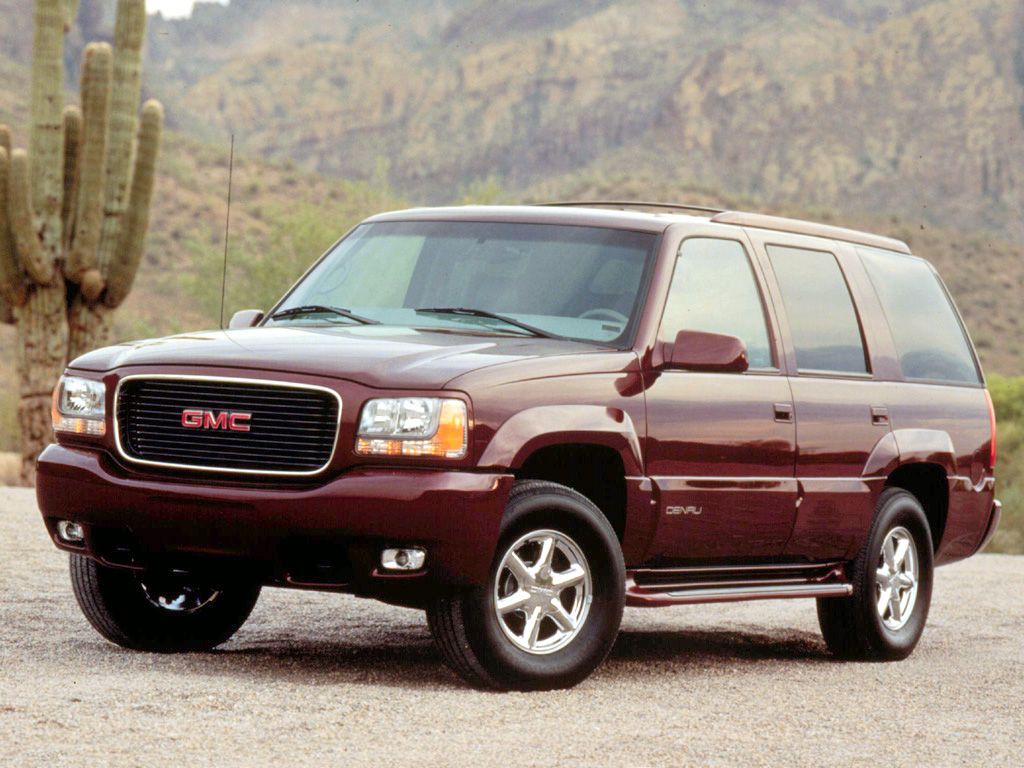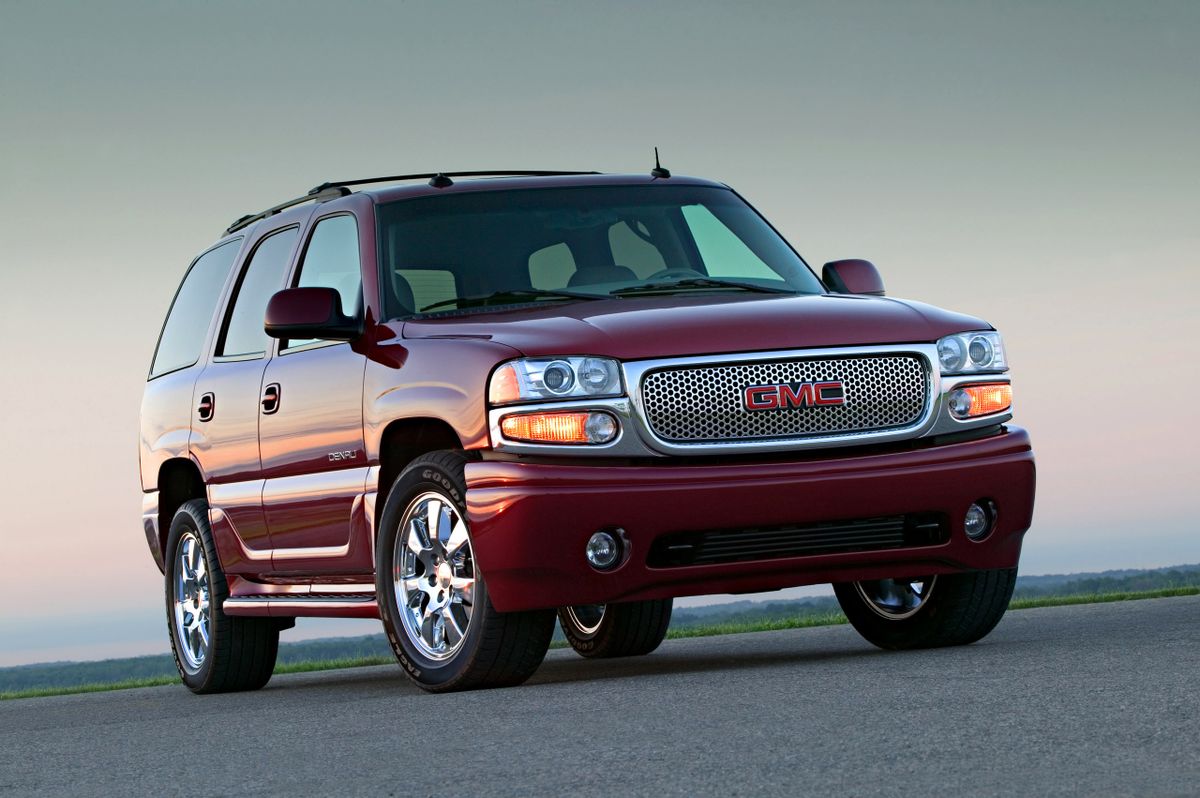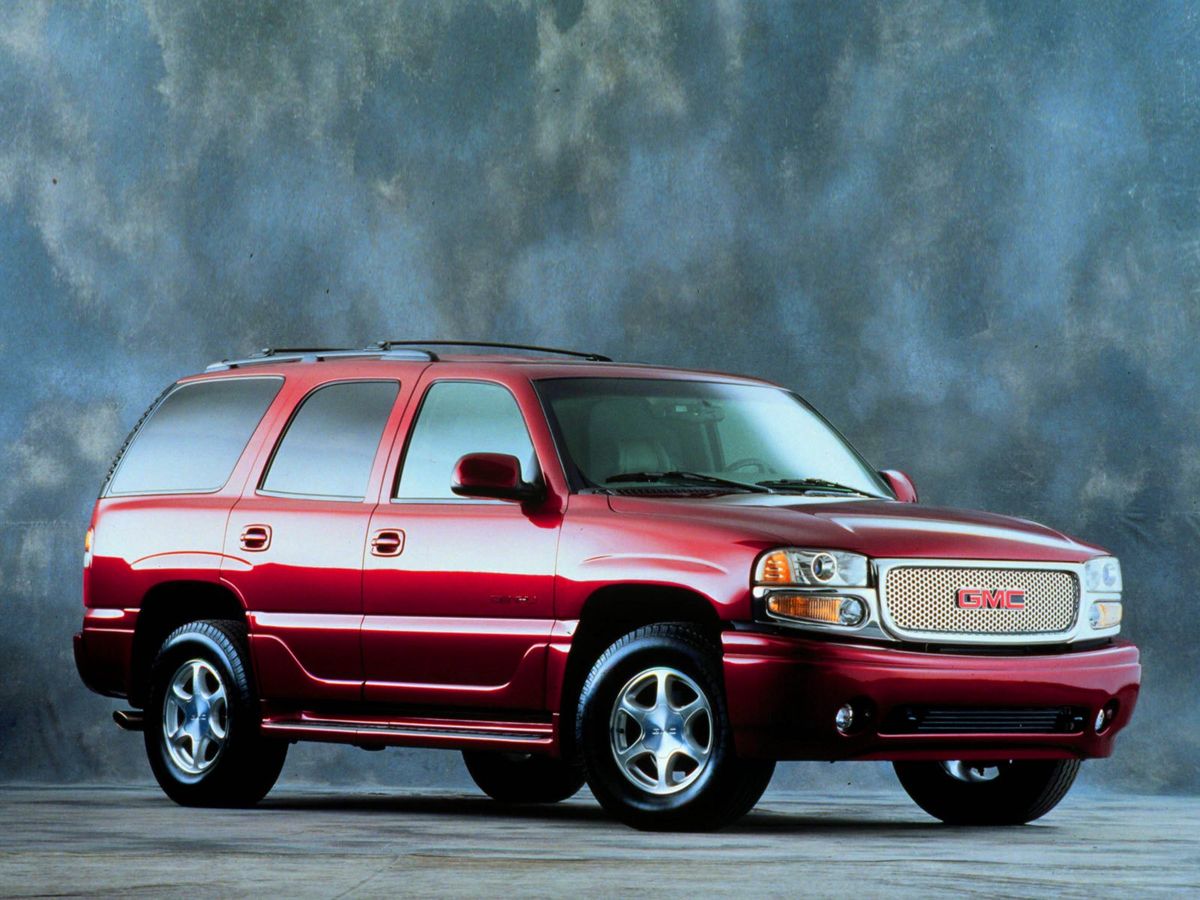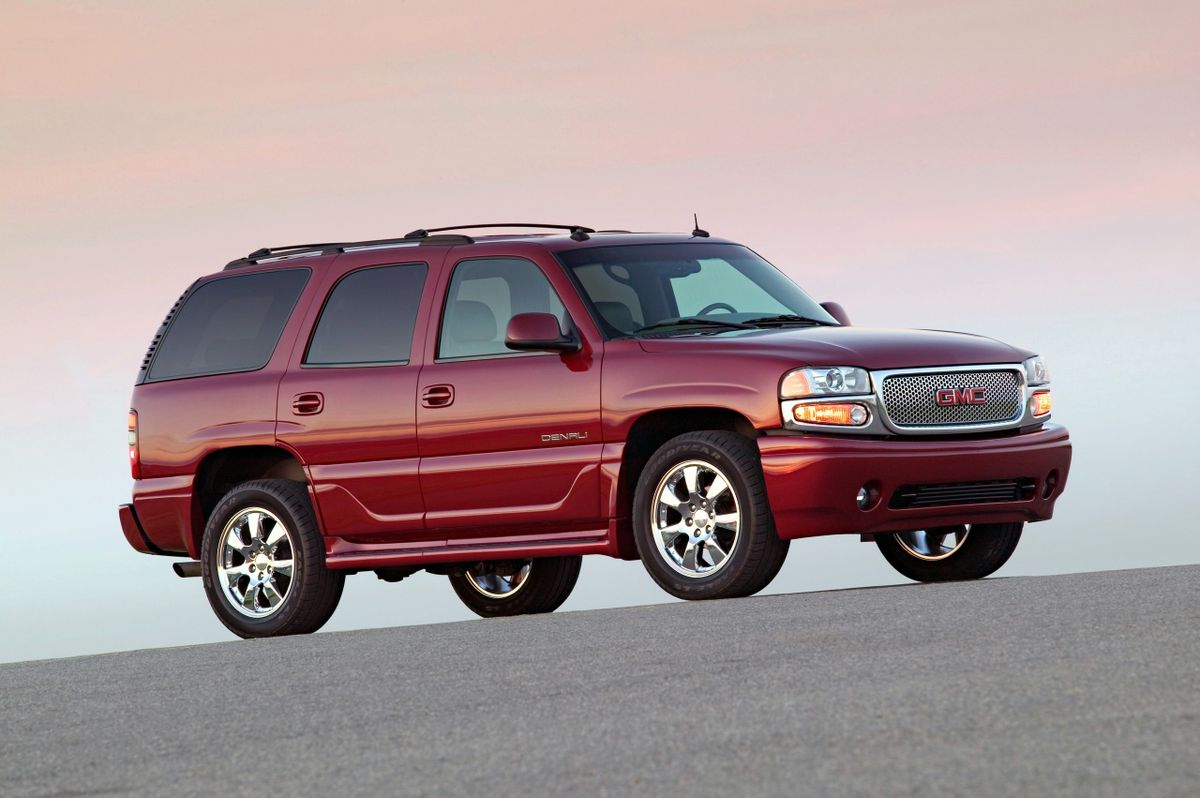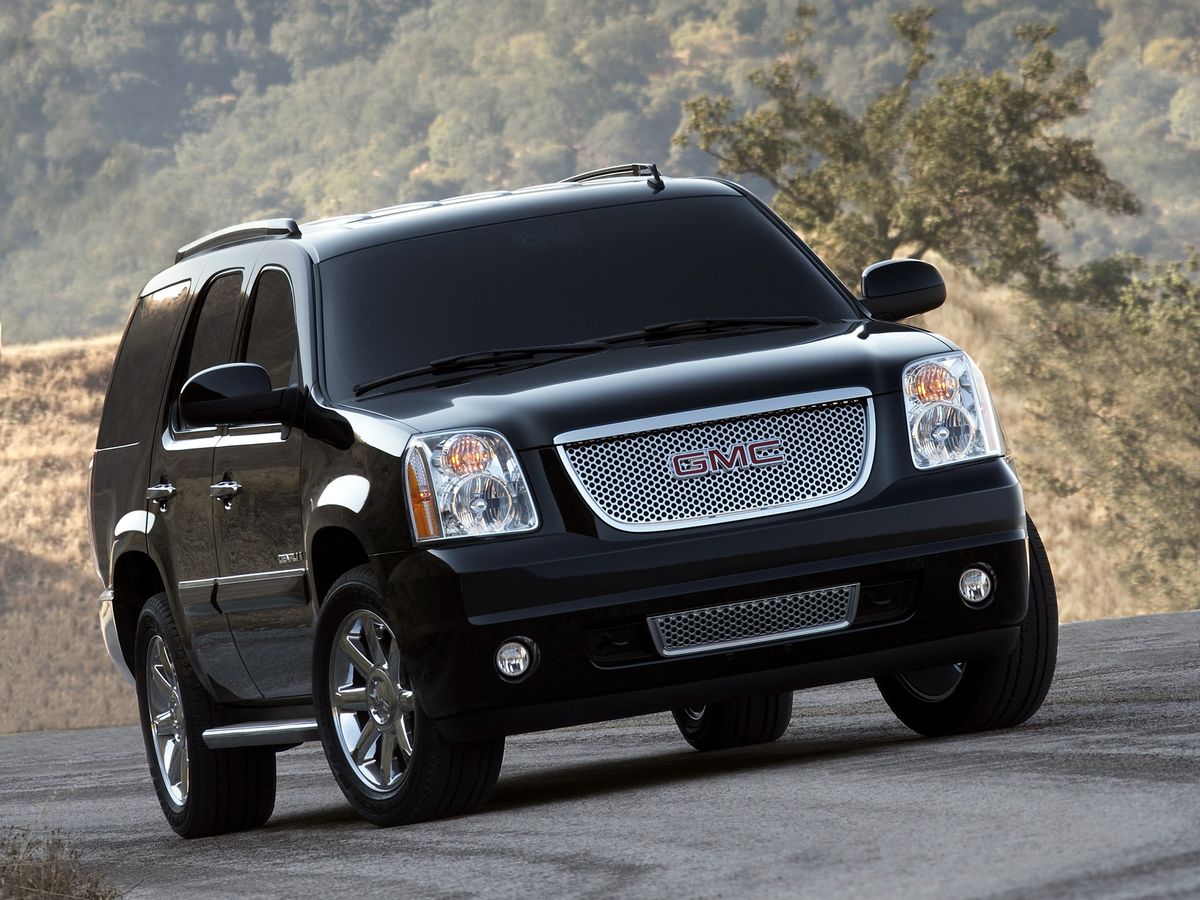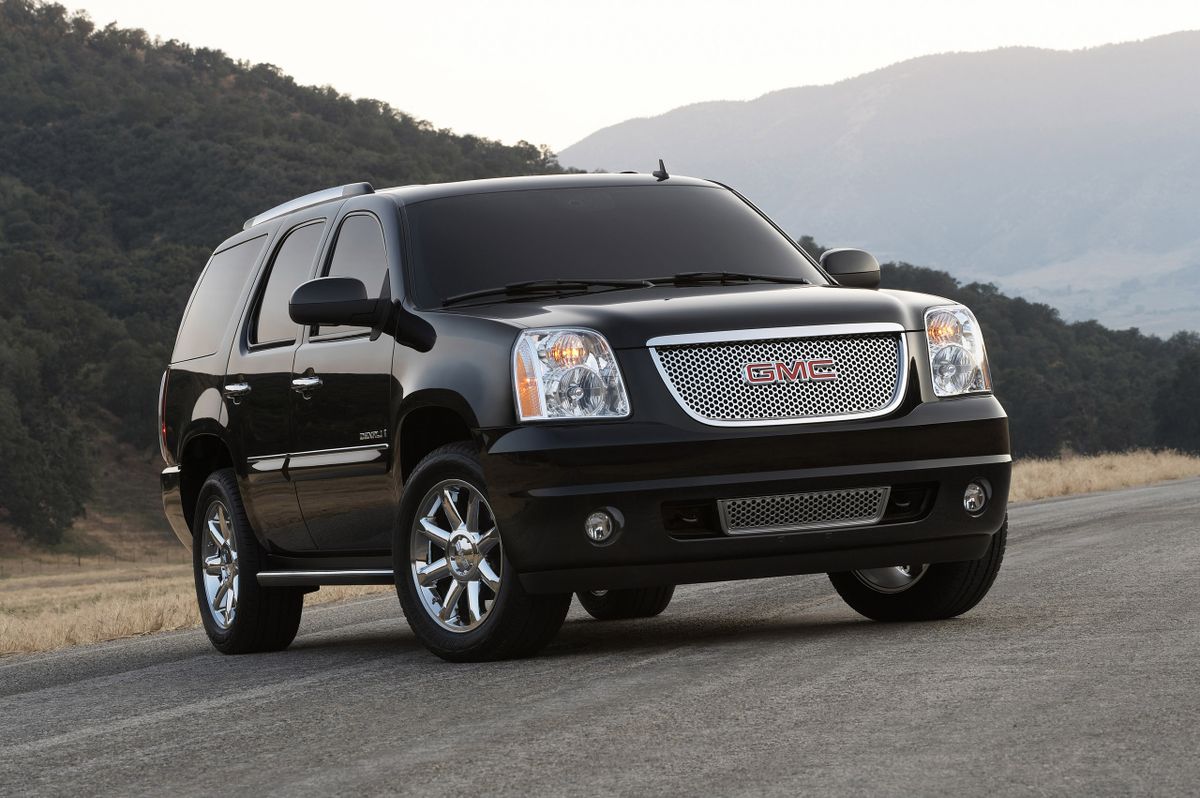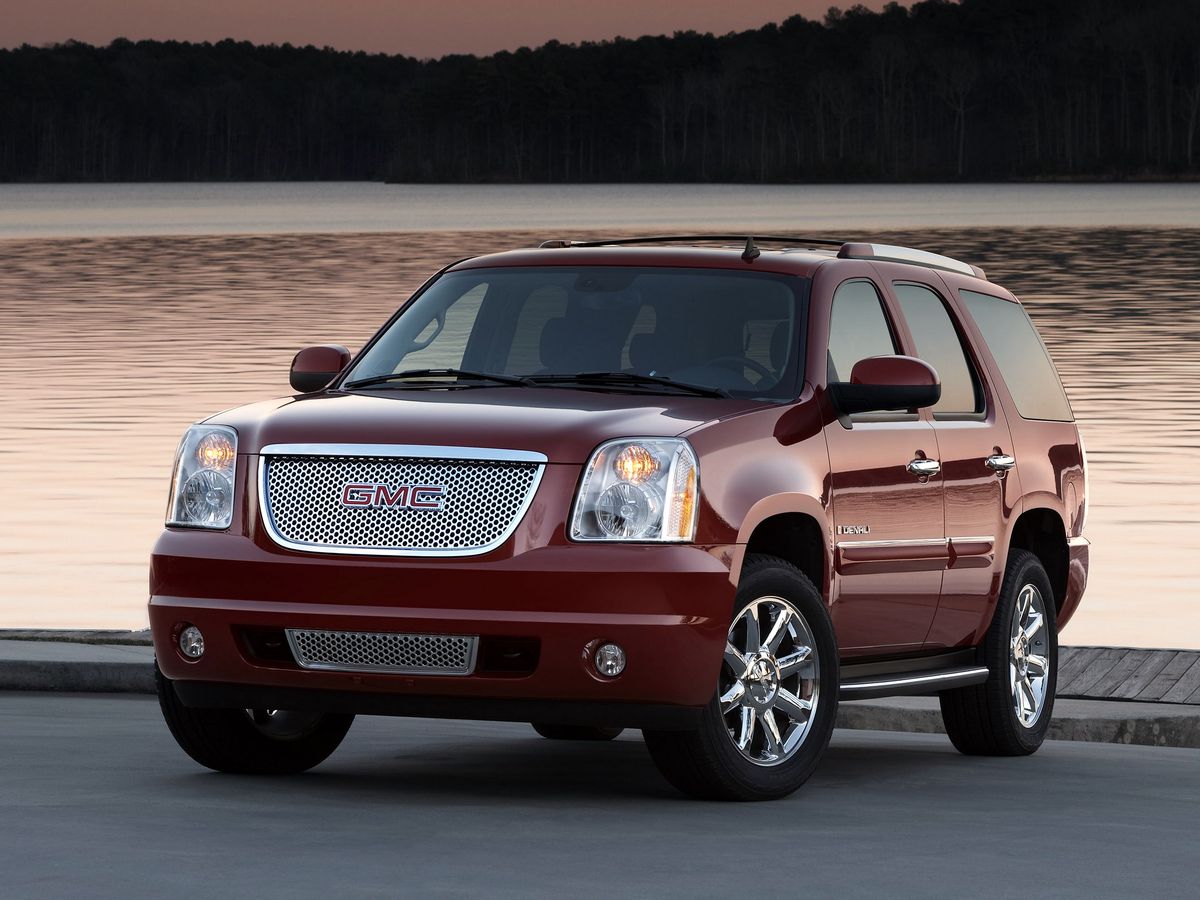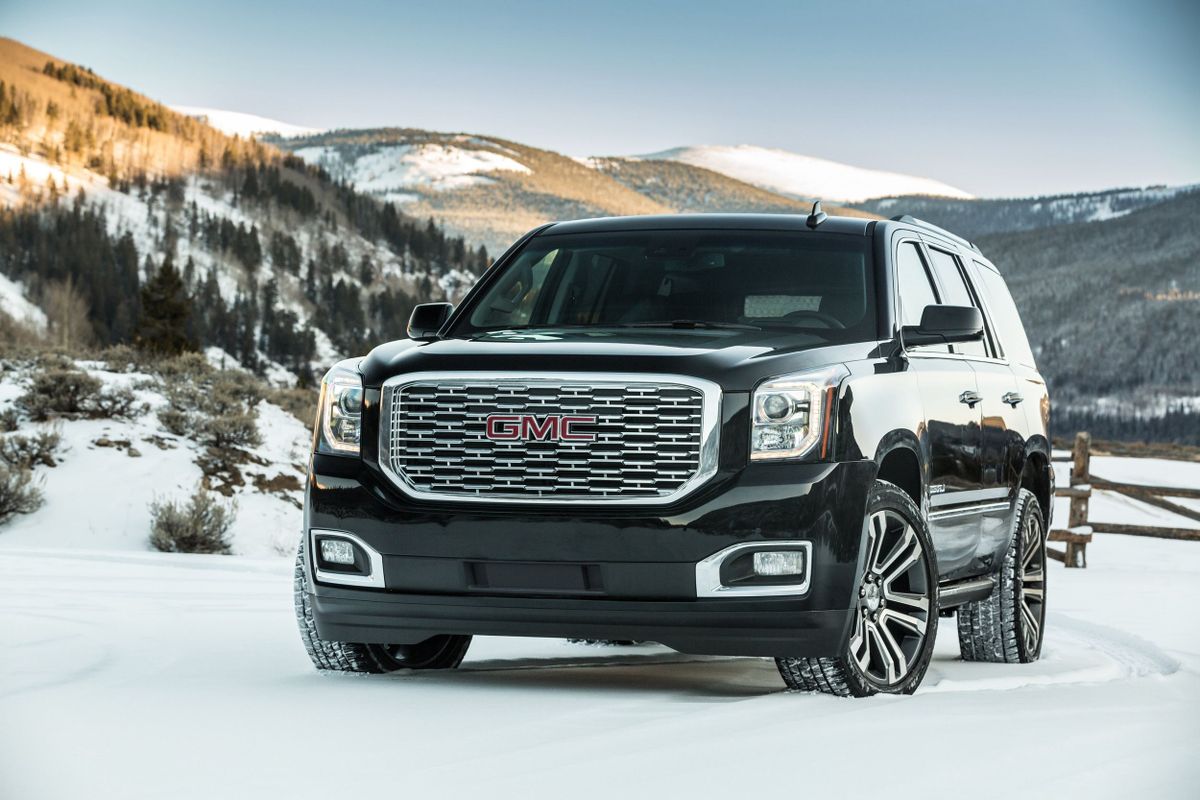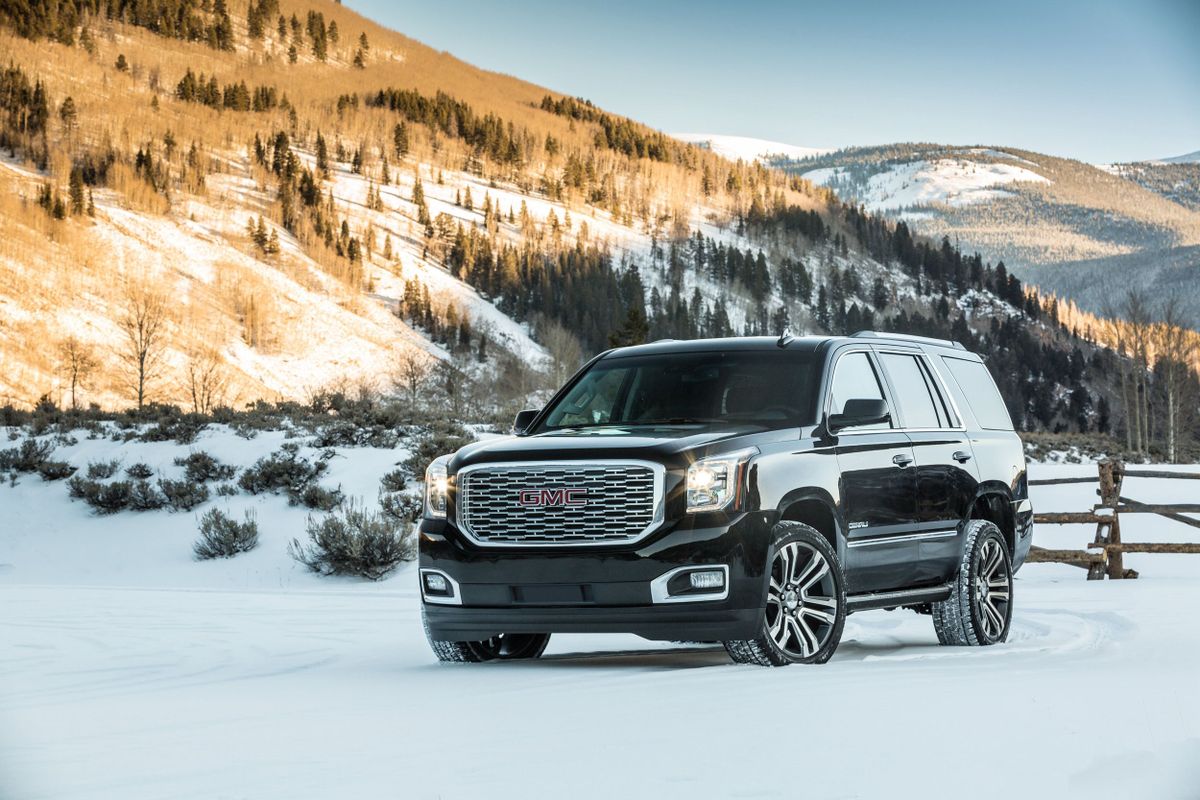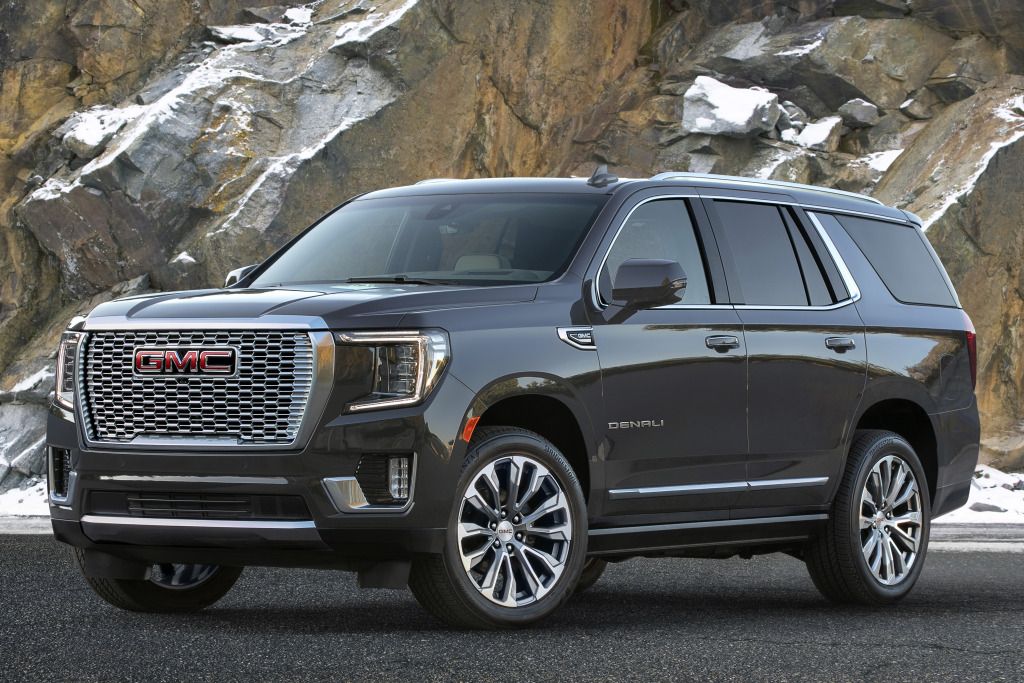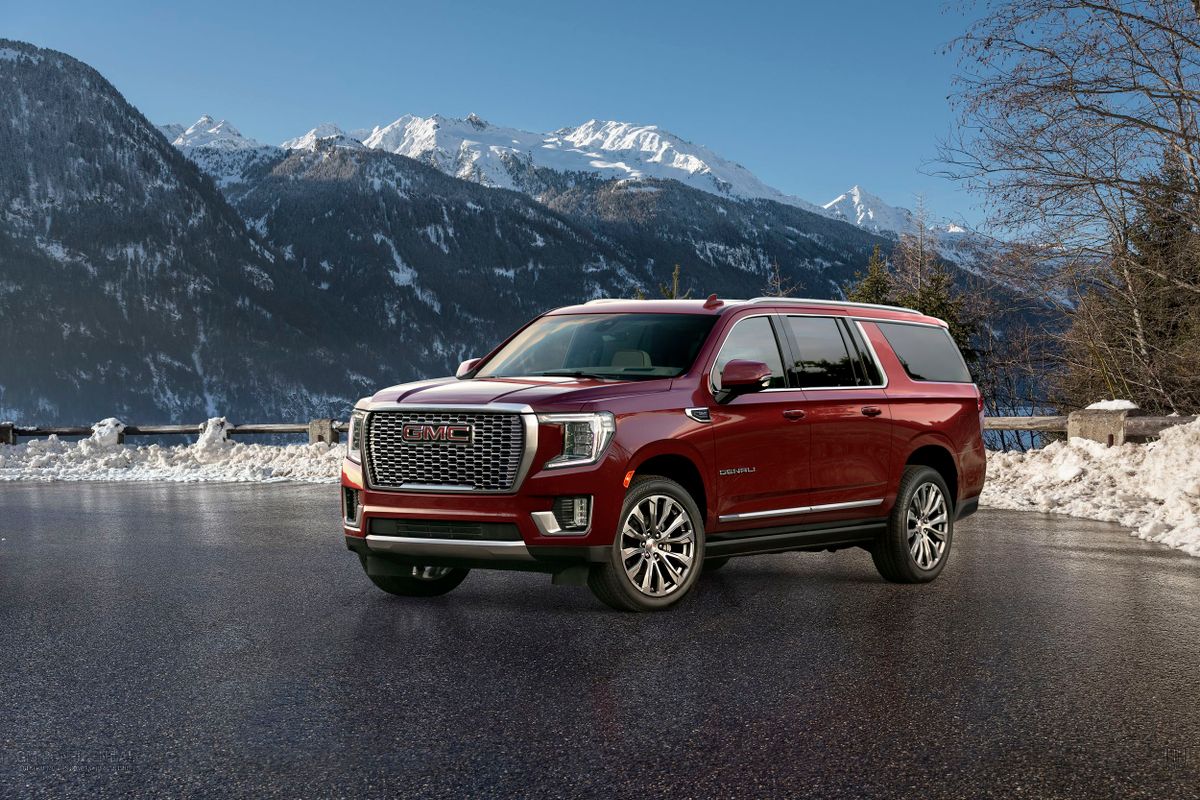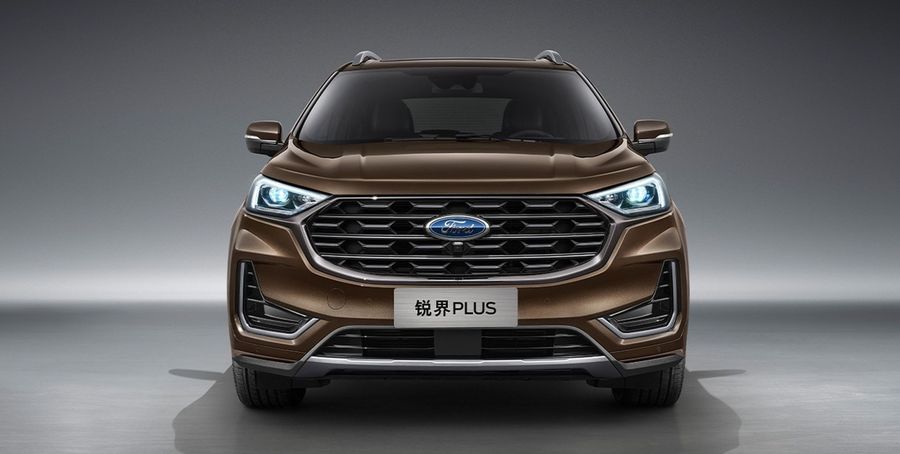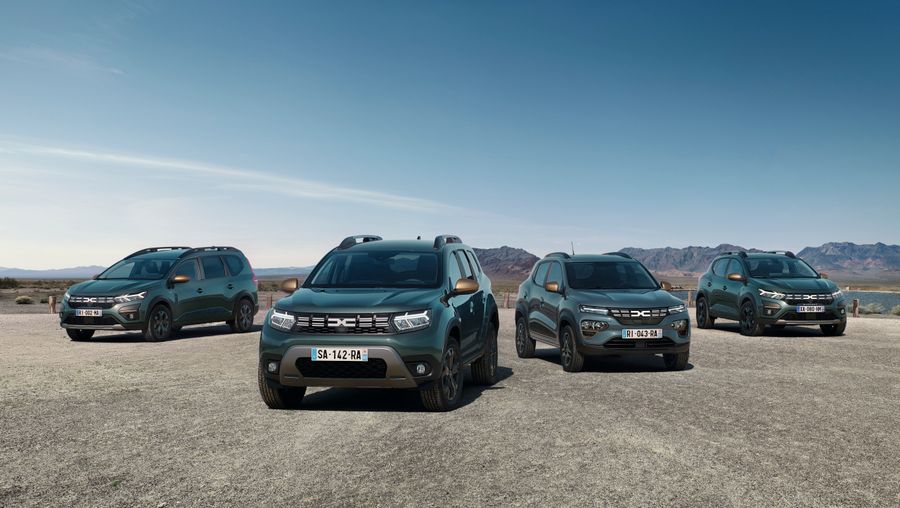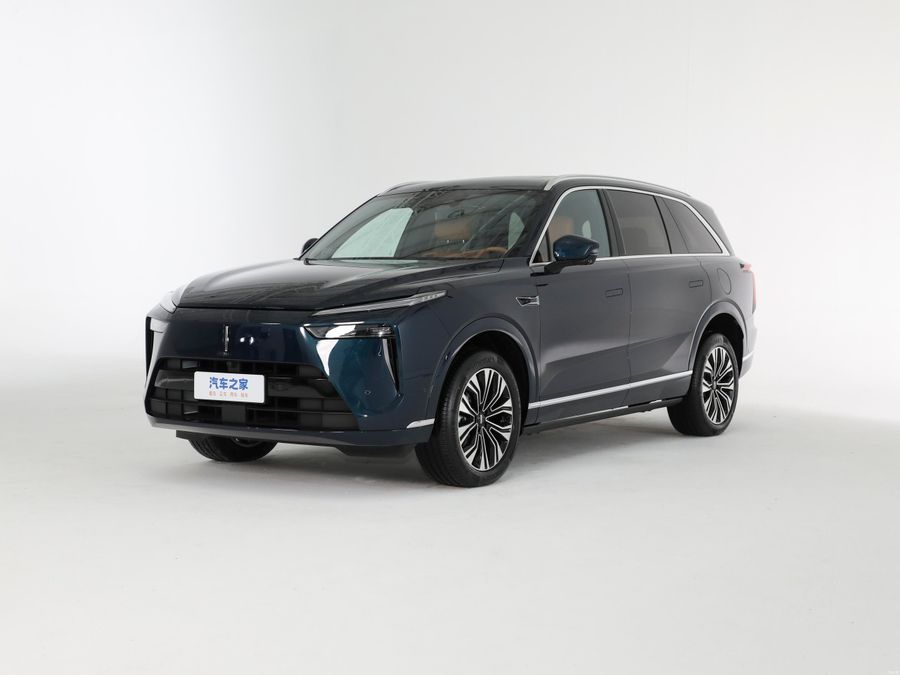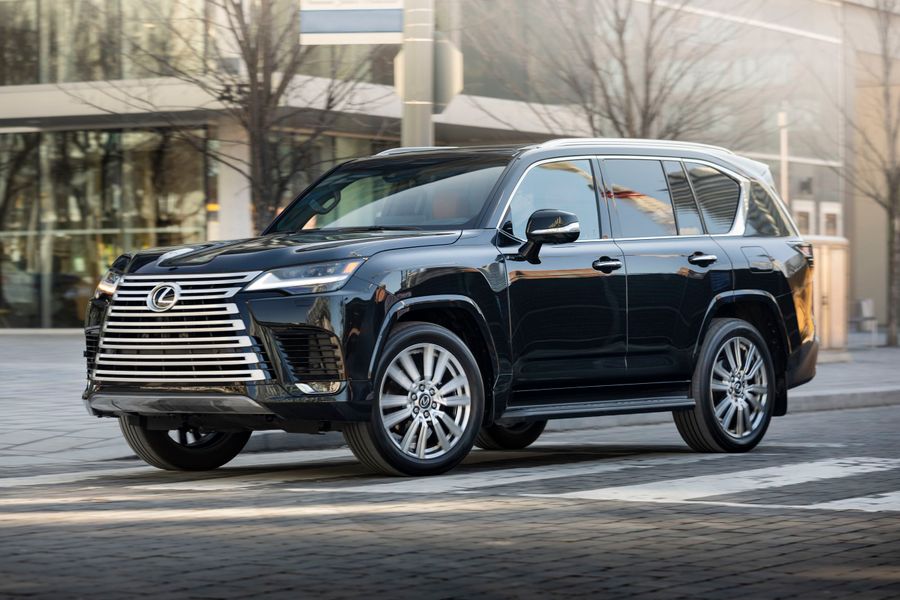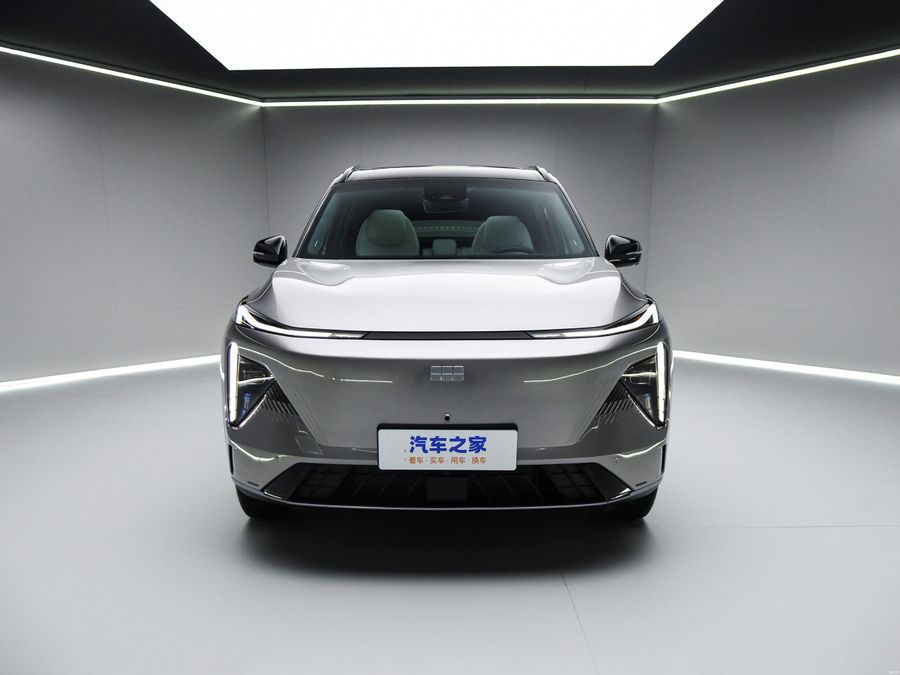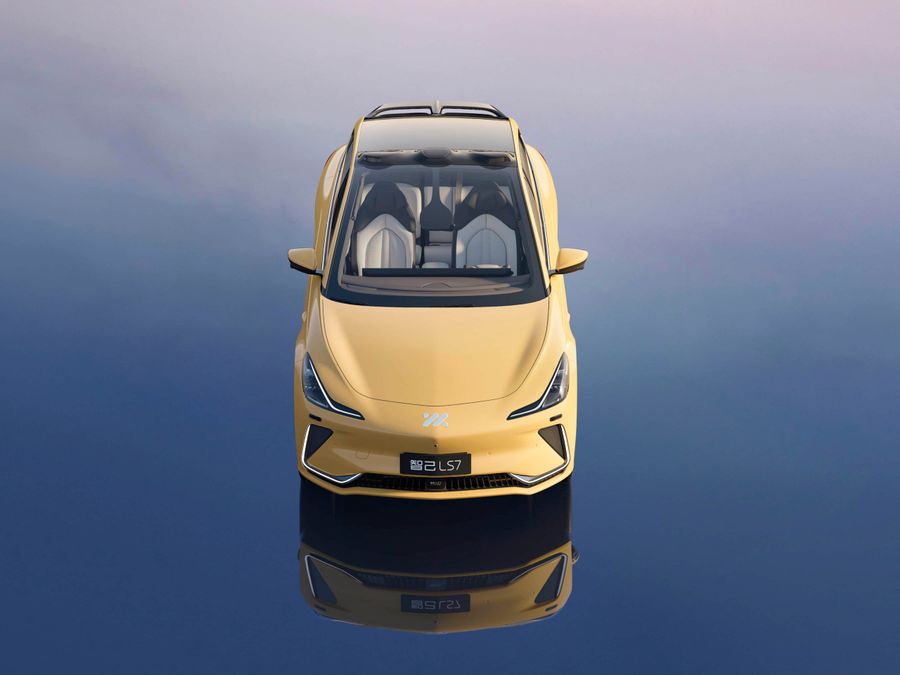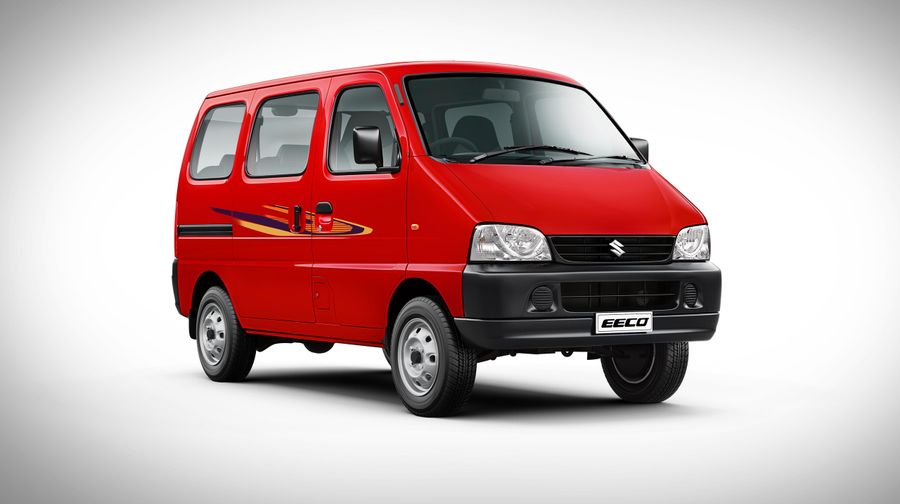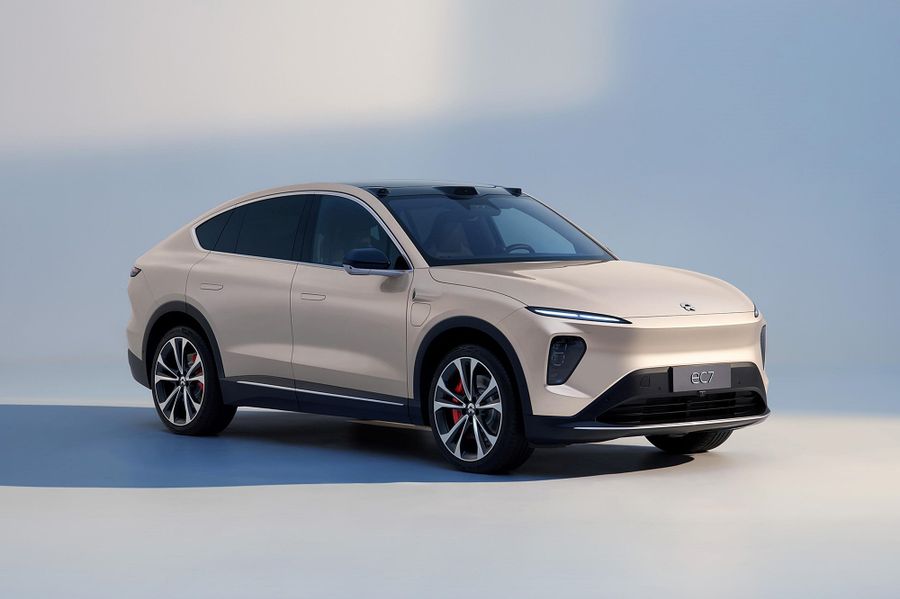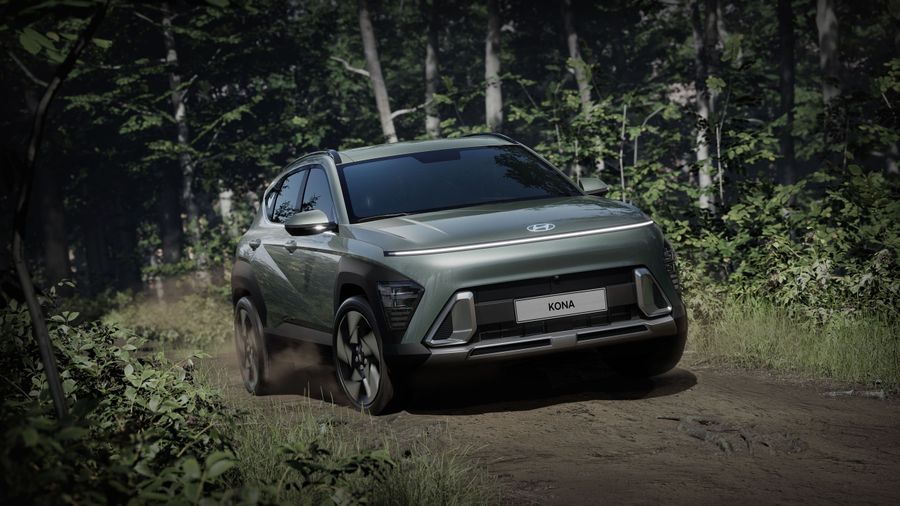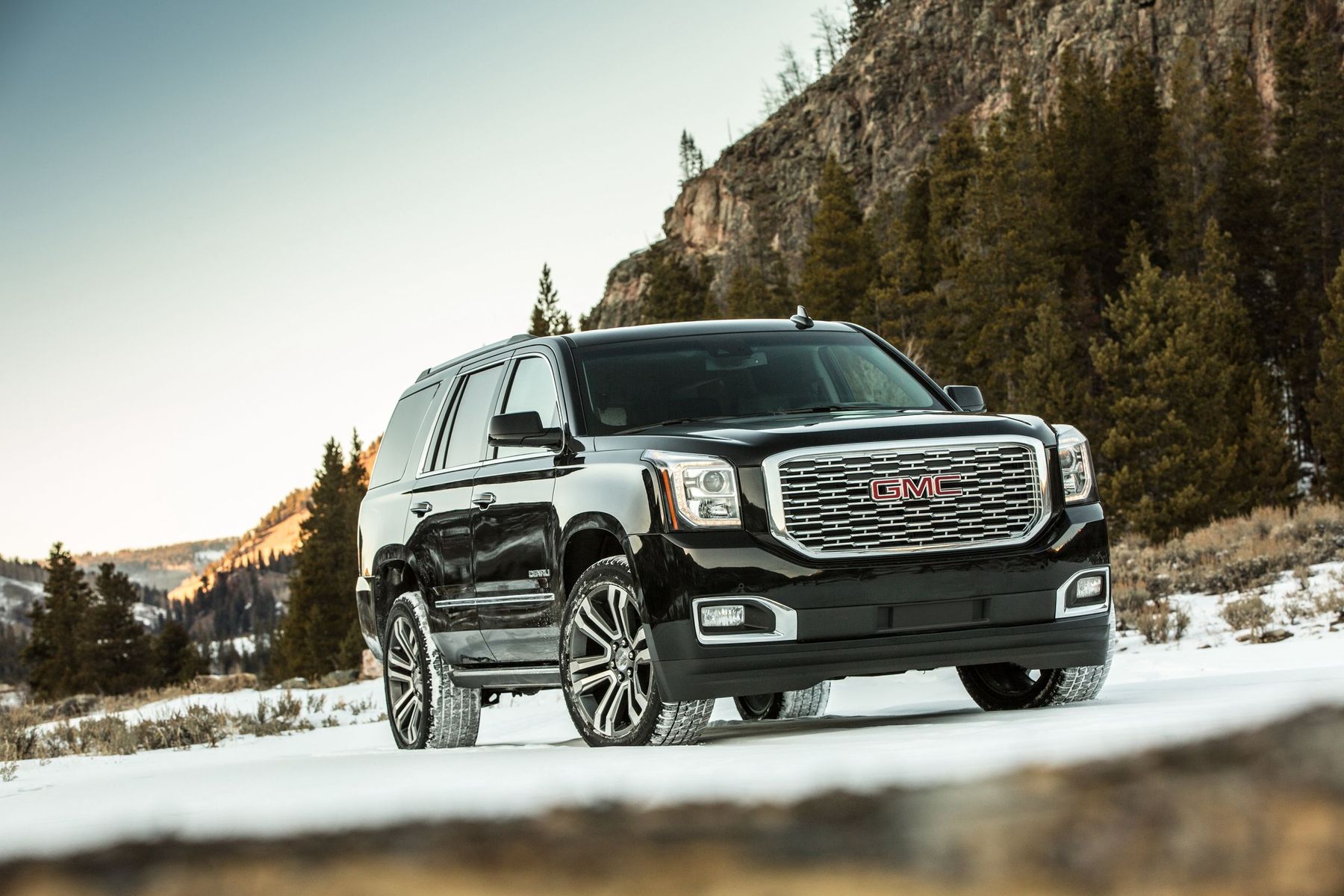
Respected SUV for blue-sky thinking
The GMC Yukon is a full-size body-on-frame SUV, which has been produced by GMC (USA) from 1992 to the present. In 2021, Israeli buyers can purchase the fifth generation of the 2020 SUV.
The mythology of emergence of the GMC Yukon is as complex as the mythology of the Eskimos and Indians inhabiting the small area of northwest Canada, after which this SUV was named. In 1987, General Motors introduced a new range of full-size pickups with the Chevrolet C/K and GMC C/K, built on the GMT400 platform. In 1991-1992, the manufacturer released a generation of full-size Chevrolet Blazer and Suburban SUVs on the basis of these models. An analogue of the Chevrolet Blazer, the GMC Yukon, replaced the GMC Jimmy SUV, produced since 1982. Back then, both the Blazer and Yukon models were still two-door.
The Yukon is one of the most respected GMC models, a massive, strong and fast SUV, loved by the border guards of the southern states and Texas rangers. But it owes its popularity not only to its characteristics, but also to the design that enables creative self-realization. The body-on-frame structure, which is common to several vehicles, allows the Yukon to be equipped with any devices or options or even to combine the seemingly incompatible things, creating, for example, a hybrid of the Yukon and the most luxurious Chevrolet Escalade, or just transform an SUV into a pickup.
The first generation
It was produced from 1992 to 2000. Batch production of the new GMC SUV Yukon and its twin brother Chevrolet Blazer began in 1992. The vehicle was offered only as a two-door closed all-metal SUV with all-wheel drive.
From the start, the Yukon was big and strong, powered by a 5.7-liter petrol 8-cylinder engine with 210 hp and a 4-speed electronically controlled hydromechanical automatic transmission. In 1995, vehicles acquired even more powerful 255 hp engines. In 1998, the two-door SUV evolved to a four-door model and existed in this form until the start of production of the second generation.
The second generation
It was produced from 2000 to 2006 on the new GMT800 platform, with the GMC Yukon XL replacing the GMC Suburban. The vehicle was equipped with new seats and doors, a new dashboard, a new audio system with a subwoofer, a driver message center, and an anti-theft system.
The second Yukon could be with two or four traction wheels, was equipped with 4.8-5.3 liter petrol 8-cylinder engines with 295 hp, a 4-speed automatic transmission, and a new independent front suspension. The automatic transmission was complemented by a brake/shift lock.
The third generation
It was produced from 2007 to 2014. The vehicle started looking less brutal and more aerodynamic, while the frame became 49% stiffer and acquired enhanced protection against frontal collisions. It could be equipped with three rows of seats, which could also be removed to increase the volume of the trunk. The vehicle had three suspension types: a conventional progressive rate spring suspension at the rear and an active suspension with electronically controlled shock absorbers.
The third Yukon had tire pressure sensors, rain sensors, ultrasonic and rear parking sensors. The safety system was improved and expanded, acquiring: front dual-stage airbags, side airbags that were deployed when the car rolled over, front seat belts with pretensioners that reacted, among other things, to a rear impact. The third generation also offered buyers a Yukon Denali enhanced comfort modification.
The fourth generation
It was produced from 2014 to 2020. The body of the fourth-generation Yukon returned to its signature angularity, whereas the glass became less inclined to make it easier to clean off the snow. But on the other hand, the doors were sunk deeper into the passenger compartment, which improved aerodynamics. The frame was made of 75% high-strength steel and was a three-profile design, which made it possible to redistribute the load on the chassis in a more balanced way. The steering column could now be adjusted in tilt and reach by electric drives.
Inside, the front panel with a touch screen was moved closer to the driver. The vehicle had three different multimedia systems, a voice-controlled navigation system and much more. As for the innovations in the safety system, there was the seat belt pretensioning system, which pulled up not only the shoulder part of the belt, but also the waist belt, ensuring the correct position of the human body in case of a collision. The new GMC Yukon was powered by fifth-generation GM V8 engines, with a 5.3-liter L83 engine producing 360 hp being the basic engine.
The fifth generation
In 2020, the manufacturer introduced the fifth generation GMC Yukon built on the new T1XX platform with air suspension on both axles, ensuring leveling of the body depending on the load at each of the four corners of the vehicle. Unlike previous versions, which tried to be more luxurious, the automaker has relied on real off-road performance, presenting the Yukon AT4 version, with a raised lower bumper and a shield under the engine compartment, a 7-seater passenger compartment and two petrol engines (5 liter, 3 liter or 6.2 liter) and one 3 liter diesel engine.



